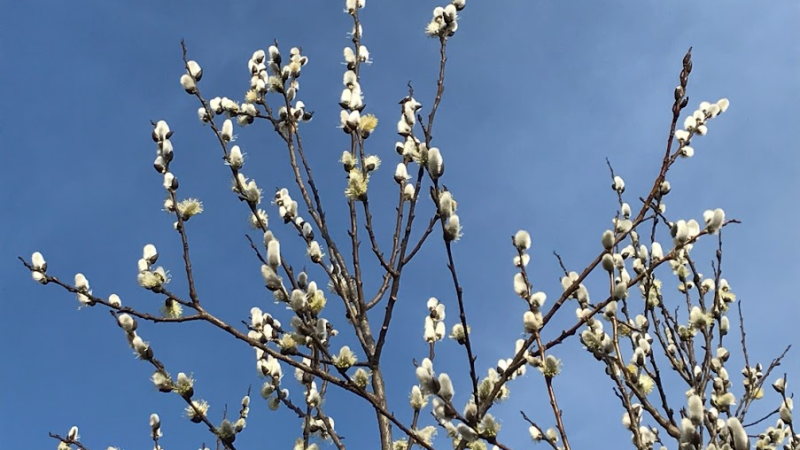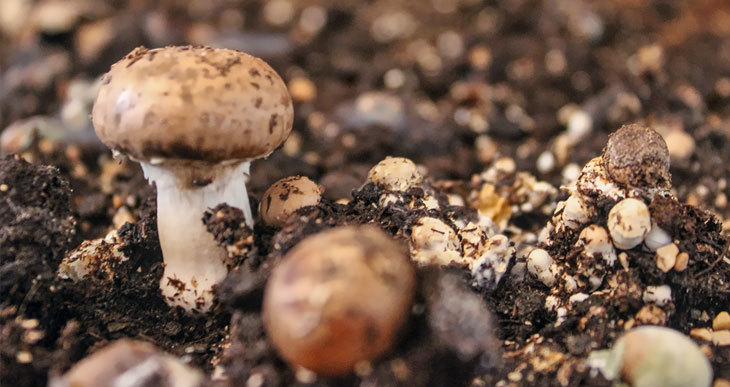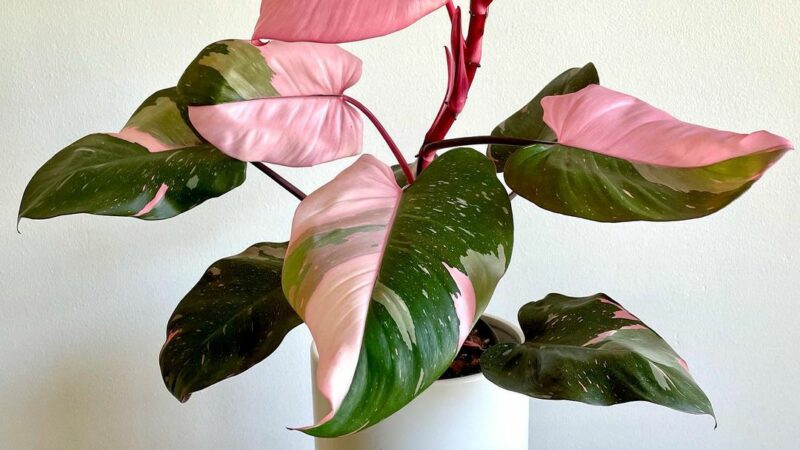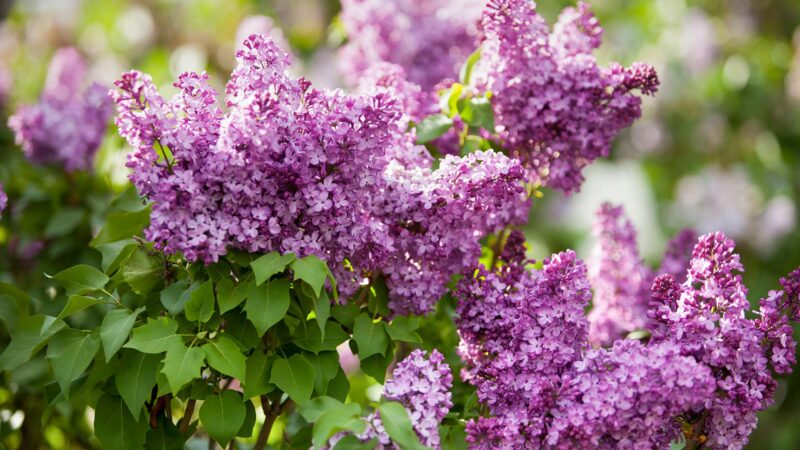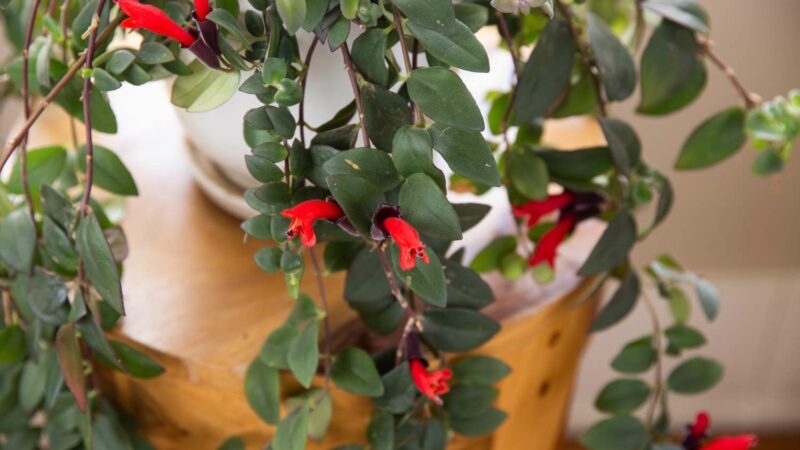Bridal Wreath Spirea Care Guide
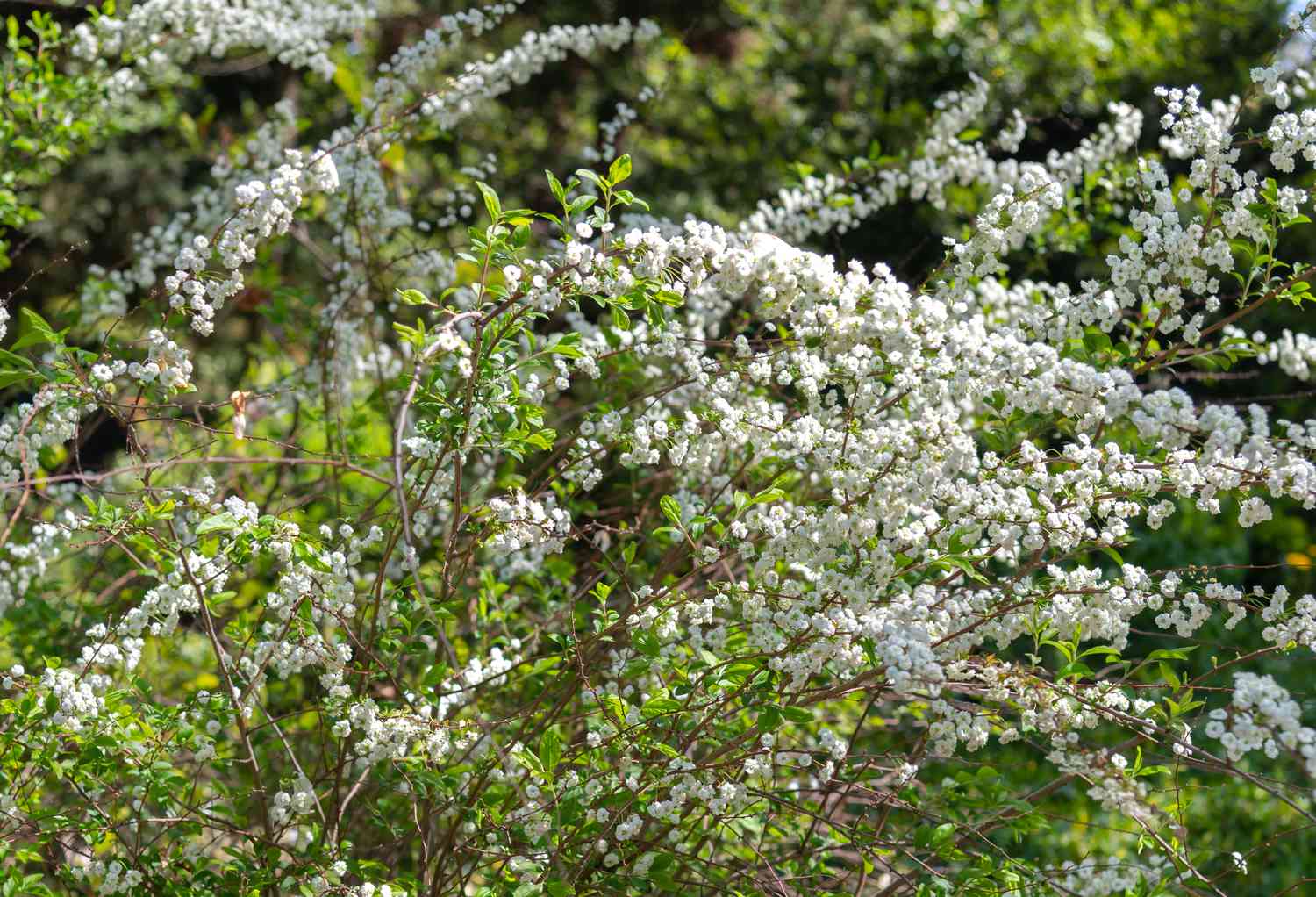
Bridal Wreath Spirea – Welcome to our comprehensive guide on how to take care of bridal wreath spirea, the enchanting and elegant flowering shrub that adds a touch of romance and beauty to any garden or landscape.
With its cascading clusters of pristine white blooms, the bridal wreath spirea is a sight to behold during the springtime, captivating hearts with its charm. But beyond its breathtaking appearance, this delightful shrub requires proper care and attention to thrive and flourish throughout the seasons.
Whether you’re a seasoned gardener or a beginner looking to add this delightful plant to your outdoor space, we’ve covered you with essential tips and expert advice to ensure your bridal wreath spirea remains a show-stopper all year round. Let’s dive in and discover the secrets to nurturing this botanical gem!
Tips for Bridal Wreath Spirea Care
Here are some essential tips for taking care of Bridal Wreath Spirea:
- Location and Sunlight: Choose a planting location that receives full to partial sunlight. Bridal Wreath Spirea thrives in well-drained soil and can tolerate various soil types, but it prefers slightly acidic to neutral soil.
- Watering: During the first growing season, keep the soil consistently moist to help the shrub establish its root system. Once established, it becomes more drought-tolerant, but it’s still essential to water during dry spells.
- Pruning: Pruning is vital for the health and appearance of the plant. It’s best to prune Bridal Wreath Spirea immediately after flowering. Remove spent blooms and any dead or damaged wood to encourage new growth and maintain a neat shape.
- Fertilizing: Apply a balanced, slow-release fertilizer in the spring to provide essential nutrients for the growing season. Avoid excessive use of high-nitrogen fertilizers, as they can lead to more foliage growth at the expense of flower production.
- Mulching: Adding a layer of organic mulch around the base of the plant helps retain moisture, suppresses weeds, and provides essential nutrients as it decomposes.
- Pest and Disease Control: Watch for common pests like aphids and spider mites. Regularly inspect the plant for any signs of disease, such as powdery mildew, and treat as necessary with appropriate measures.
- Winter Protection: Bridal Wreath Spirea is generally hardy, but in colder regions, providing some winter protection, such as a layer of mulch around the base, can help safeguard the plant during harsh conditions.
- Propagation: If you want to expand your Bridal Wreath Spirea collection, you can propagate the shrub through softwood cuttings in early summer or hardwood cuttings in late fall or winter.
- Companion Planting: Consider planting Bridal Wreath Spirea alongside other spring-blooming plants or complementing it with evergreen shrubs to create a visually appealing and diverse landscape.
- Observation and Care: Regularly observe your Bridal Wreath Spirea for any signs of distress, such as wilting leaves or unusual discolouration, and take appropriate action promptly.
Types of Bridal Wreath Spirea
Bridal Wreath Spirea (Spiraea prunifolia) is a popular deciduous shrub known for its cascading clusters of small, white flowers resembling a bride’s beautiful wreath. While there are several cultivars and varieties of Bridal Wreath Spirea, some of the most common types include:
- Spiraea prunifolia: This is the classic and most well-known type of Bridal Wreath Spirea. It typically reaches a height of 6 to 9 feet (1.8 to 2.7 meters) and blooms in late spring to early summer. The arching branches are covered with abundant double white flowers, creating a stunning display.
- ‘Plena’ (Double Bridal Wreath): This variety is a double-flowered form of the standard Bridal Wreath Spirea. It produces densely packed clusters of double white flowers, making the blooms appear even more abundant and showy.
- ‘Bridal Veil’: This cultivar features a more graceful and weeping growth habit than the standard Bridal Wreath Spirea. Its long, arching branches are covered with single white flowers, resembling a delicate bridal veil.
- ‘Rosea’ (Bridal Wreath Pink): This variation offers a twist on the traditional white flowers by producing delicate, soft pink blooms. The flowers are still arranged in the same elegant cascading clusters.
- ‘Tomentosa’ (Bridal Wreath Froebelii): This variety is distinguishable by its blue-green foliage and a more compact growth habit. It usually reaches about 3 to 5 feet (0.9 to 1.5 meters) and produces abundant white flowers.
- ‘Flowering Bridal Wreath’ (Spiraea prunifolia var. simpliciflora): This variety has a single layer of white flowers instead of the typical double-flowered clusters. The flowers are equally stunning and create a charming bridal wreath effect.
- ‘Bridal Wreath Astilbe’ (Spiraea x arguta): This hybrid variety results from crossing Spiraea prunifolia with Spiraea cantoniensis. It features clusters of small, white flowers and tends to have a more compact growth habit.
Read More- What Is A Mushroom Compost? Complete Guide
Propagating Bridal Wreath Spirea
Propagating Bridal Wreath Spirea can be done through softwood cuttings in early summer or hardwood cuttings in late fall or winter. Dip the cut ends in rooting hormone before planting in well-draining soil. Keep the cuttings moist and warm for softwood, or overwinter for hardwood. Once rooted, transplant into individual pots or directly into the ground. Provide proper care and attention to ensure successful propagation and enjoy the beauty of these charming shrubs in your garden.
How to Grow Bridal Wreath Spirea From Seed?
Growing Bridal Wreath Spirea from seed can be challenging due to low seed production and varying germination rates. Harvest ripe seed pods after the plant has flowered and collect the dark, fully developed seeds.
Provide a cold stratification period of 90 to 120 days by storing the seeds in a sealed bag with a moistened paper towel in the refrigerator. Use a well-draining potting mix in small seedling pots or a seed tray.
Sow the seeds on the soil surface, lightly pressing them in without covering. Keep the soil consistently moist and warm in an area with indirect sunlight. Germination may take weeks or months. Transplant the seedlings once they have true leaves and provide regular care and protection. Growing Bridal Wreath Spirea from seed requires patience, but the reward is beautiful shrubs gracing your garden.
Common Problems With Bridal Wreath
Common problems with Bridal Wreath Spirea include aphid infestations and spider mite attacks, which can cause leaf damage and stunted growth. Another issue is powdery mildew, a fungal disease that appears as a white powdery coating on the leaves, reducing plant vigour and bloom production.
Overwatering can cause root rot, while poor drainage may result in waterlogged soil and stress the plant. Pruning mistakes, such as cutting at the wrong time, can impact flower production. Regular inspection, proper care, and timely treatment can help address these problems and keep Bridal Wreath Spirea healthy and flourishing.
Read More – Philodendron Pink Princess Care Guide
FAQs:
When is the best time to prune Bridal Wreath Spirea?
The ideal time to prune Bridal Wreath Spirea is immediately after it finishes flowering in late spring or early summer. Pruning at this time allows you to remove spent blooms and shape the plant without compromising next year’s flower production.
How often should I water Bridal Wreath Spirea?
During the first growing season, keeping the soil consistently moist is essential to help establish the shrub’s root system. After that, Bridal Wreath Spirea becomes more drought-tolerant, but it’s still crucial to water during dry spells. Aim to water deeply and infrequently rather than frequent shallow watering.
How can I prevent pests and diseases on my Bridal Wreath Spirea?
Regularly inspect your Bridal Wreath Spirea for signs of common pests like aphids and spider mites. If detected early, you can manually remove the pests or use a strong stream of water to dislodge them. For fungal diseases like powdery mildew, ensure good air circulation around the plant and avoid overhead watering.
Does Bridal Wreath Spirea require full sunlight to thrive?
While Bridal Wreath Spirea prefers full to partial sunlight for optimal flowering, it can tolerate some shade. However, blooming may not be as prolific in shady locations. Planting in a spot with at least 4 to 6 hours of sunlight per day is recommended for best results.
Can I grow Bridal Wreath Spirea in containers or pots?
Yes, you can grow Bridal Wreath Spirea in containers or pots. Choose a large enough container with good drainage holes and fill it with a well-draining potting mix. Ensure the container receives sufficient sunlight and regular watering. Remember that container-grown plants may need more frequent watering than those planted in the ground.

